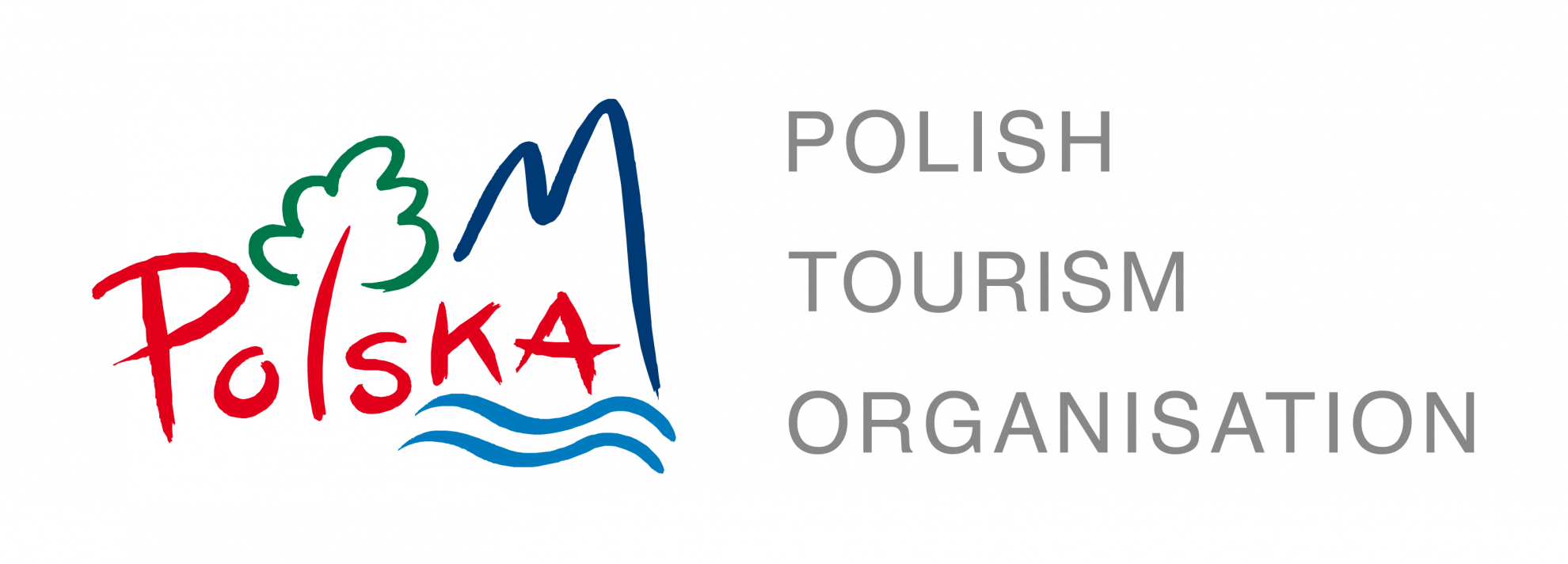This Baroque church, built in the 17th century, enjoyed the special protection of kings. Next to it there was a small house, which hosted the retreats of Jan III Sobieski, Augustus II and Augustus III.
This Baroque church, built in the 17th century, was initially in 1635 a wooden temple of the foundation of Zygmunt III Waza for the Order of the Reformers. The church was erected as a votive offering, for acquiring Smoleńsk. In 1671-1681, it was replaced by a brick building. At one time the church enjoyed the special protection of kings, and next to it there was a small house, which hosted the retreats of Jan III Sobieski, Augustus II and Augustus III. In 1944, the church was partially destroyed and its restoration, designed by Karol Szymański, took place in the 1950s, however, the monastery had lost most of its valuables, as in 1949, the city authorities took 7/8 of the building from the monks, for the Department of Worker Settlements, which in turn ordered a complete overhaul of the interior. The city also took the cloistered garden (on its area there now stands a school on Niecała Street). Today, one can see here, among other buildings the chapel of the Virgin Mary from the 17th century, historic forged bars from 1785 and 18th-century cloisters. In them are epitaphs and tombstones from the 18th century, including those of writer Klementyna Hoffmanowa, painter Rafał Radziewicz and individuals killed during World War II.


 位置图:
位置图:


